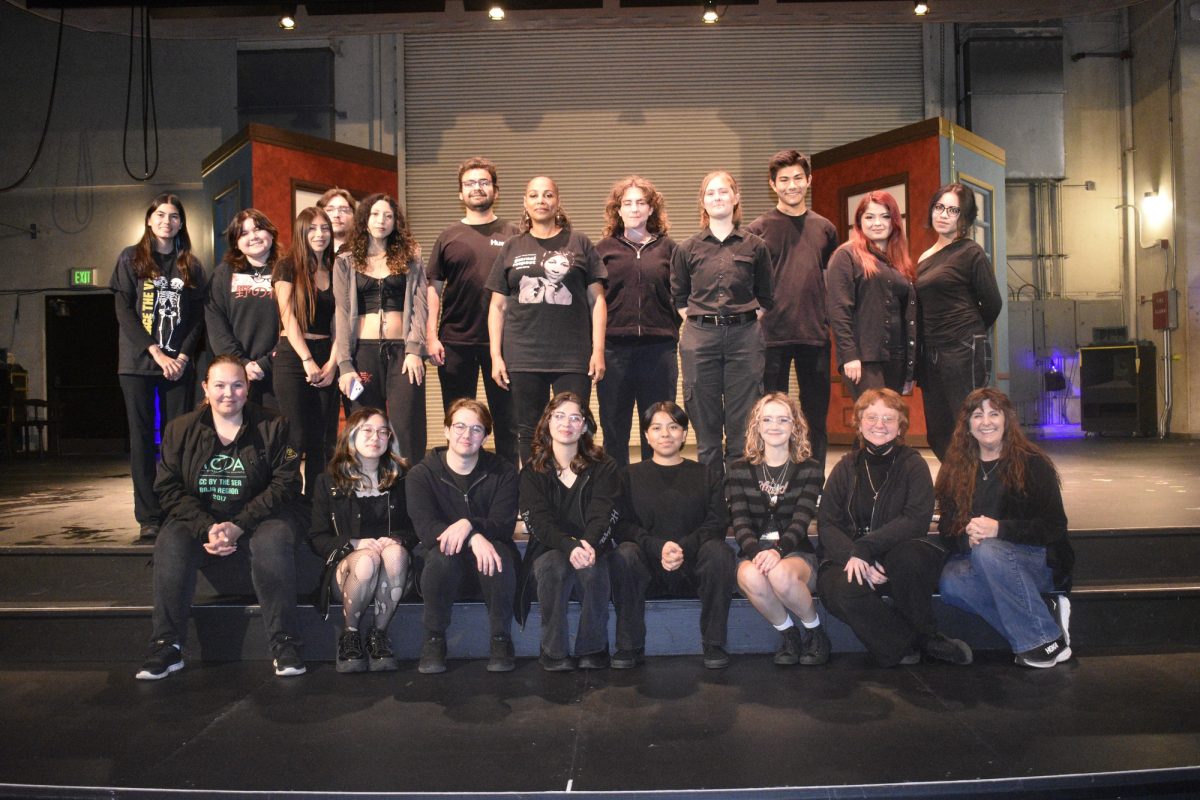Redness, swelling, itching, nausea, fever and various degrees of pain for many this list sounds like the description of a sexually transmitted disease, not the symptoms of a sunburn.
Almost all of us have at some point experienced getting sunburned while growing up in Southern California.
However, what many disregard as a slight discomfort is actually a real burn.
The National Institute of Health (NIH) defines a sunburn as a burn to living tissue such as skin, produced by overexposure to ultraviolet (UV) radiation in the form of the sun’s rays.
Those who prefer to tan should keep in mind that there is “no such thing as a healthy tan,” says the NIH. “Tanning has the same long term effects that sunburns do.”
The beauty standard of today’s popular culture includes having a healthy glow, that most people call a tan.
It doesn’t even matter if it’s achieved with baby oil like our parents did it, tanning beds like our older siblings did it, or the self tanners that many of us are turning to today.
“Someone tan looks happier and healthier then someone who’s pale,” Robert Ramirez, 19, said.
Along with the arrival of spring a few weeks ago came the beautiful weather that makes Southern California famous. Everywhere you looked there were people in shorts and tank tops.
“I wanted to wear shorts that first week it was warm but I was still pale from winter. I’ve been going to the beach as often as I can so that I’ll look cute for shorts season,” Jennifer Richards, 20, said.
It seems like the beach is everyone’s favorite place to get a tan. However, a couple of minutes in the sun could be harmful.
According to the Skin Cancer Foundation, both suntans and sunburns result in direct damage to DNA that can pave the way to skin cancer.
“One blistering sunburn in childhood or adolescence more than doubles a person’s chances of developing melanoma later in life. A person’s risk for melanoma also doubles if he or she has had five or more sunburns at any age,” reads a warning on the Skin Cancer Foundation’s Web site.
As spring break nears and everyone anticipates that last minute of class before a week off, no one is probably thinking about protection, at least not the kind that will prevent sunburns.
The Food and Drug Administration (FDA) recommends a product’s SPF (sunscreen protection factor) be 30 or higher and that it blocks both UVA and UVB rays.
According to the FDA, sunscreen should be applied every morning before going outside. Reapply often and always right after being in the water.
They also suggest avoiding exposure between peak hours, 10 a.m. to 4 p.m., which is when the sun causes the most damage.
Those thinking that tanning salons are healthier then tanning outdoors are very misinformed. According to the NIH, ten minutes in a tanning bed equals two hours in the sun. Plus, tanning beds use lights that mimic the effects of the sun, even the harmful ones.
The only safe way to achieve the tan so many are after is with tanning lotions.
Even though it might not be the ideal solution, it is the smart one.
“When people who tan get old their skin looks like it’s falling off; it’s gross. I’d rather look healthy my whole life then sick later,” Brianna Gomes, 20, said.
Categories:
Sun and San equals burned and tanned
By Vilma Huerta
•
April 8, 2010
More to Discover






